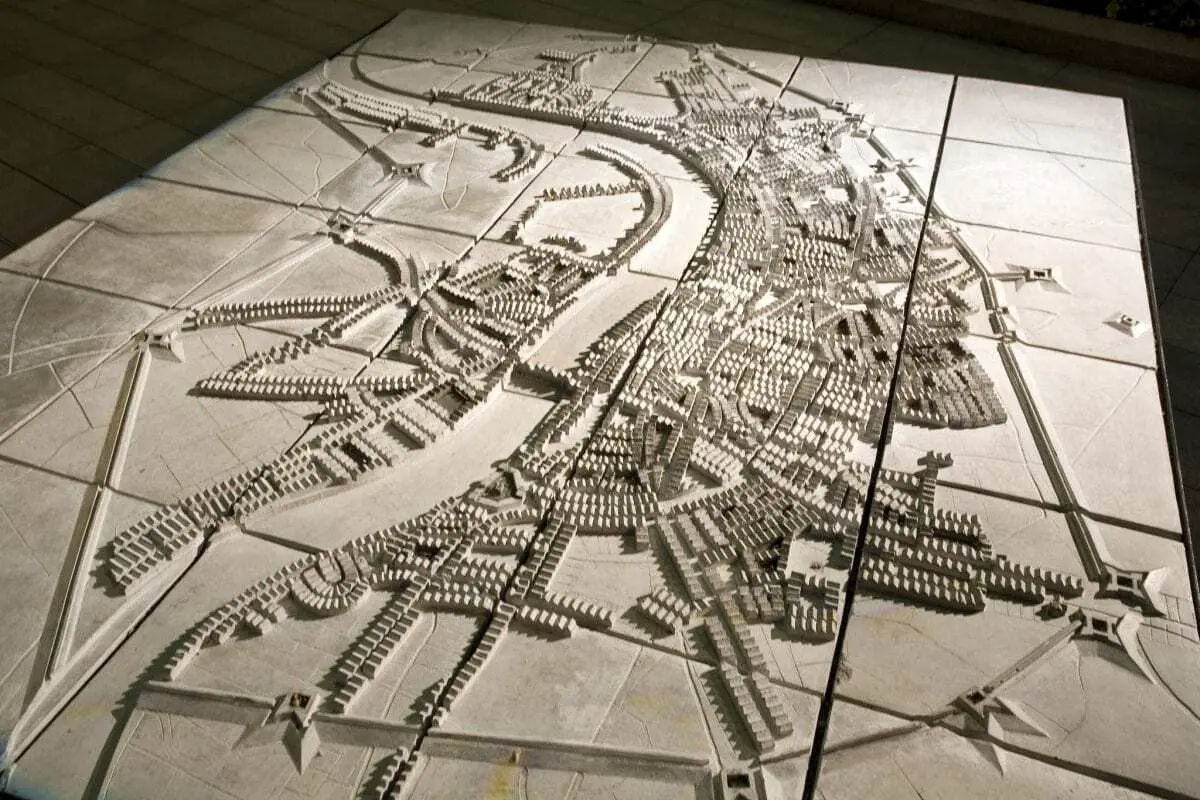During 1642–1651, England was engulfed in a series of civil wars between the Parliamentarians (“Roundheads”) and Royalists (“Cavaliers”) to determine England’s governance.
At the outbreak of the first civil war (1642–1646), King Charles I marched on London to force a pitched battle with Parliament’s main army at the Battle of Edgehill. Whilst neither side gained a decisive victory, the threat of attack on the capital led to a series of defences to be built in August of 1642.
London had become a significant figure of economic, political and military importance for the Parliamentarian war effort. Recognising this, the “Order for entrenching and fortifying the City of London” was announced in 1643 by Parliament to turn the capital into a giant urban fortress.
The London fortifications, named the “Lines of Communication” was one of the largest construction projects of the period, requiring a work force of 20,000 men (comprised of the livery companies and trained bands of militia) to completion.
The line encircled the city with a strong earthen rampart extending some 11 miles, reinforced with twenty-three strong points that combined the ramparts with hornwork forts, regular and bastioned forts, star forts and batteries.
Much of what we do know about the lines after completion comes from a report written by the Lanarkshire tailor and travel writer, William Lithgow who said “And now the maine number of all these circulating fortresses (besides redoubtes, countercarps, and half moon workes, along the trenches) amount to twenty-foure forts in all; and upon them planted and resettled two hundred and twelve pieces of cannon; which, indeed, is a mighty and tremendous sight; where Vulcan and Bellona mean to make a bloody match, if the esurious assailants should come, in a tragically, inconsiderable way, to surprise the virginity of these new and now almost finished fortifications”
Giovanni Giustiniani, the Venetian ambassador to the court of Charles commented on the forts that “the shape they take betrays that they are not only for defence against the royal armies, but also against tumults of the citizens and, to ensure a prompt obedience on all occasions”. This strongly suggests that they were designed to fire into London as well as to defend it.
The new London defences never saw action against the Royalists, instead being demolished shortly after the conclusion of the first Civil War in 1647.
Conjectural map of the Lines of Communication:
You can select full-screen mode on desktop by clicking on the “X” symbol beneath the map. For full screen on tablet or mobile – Click Here
Header Image – Lines of Communication – Image Credit : Spitalfields_E1





